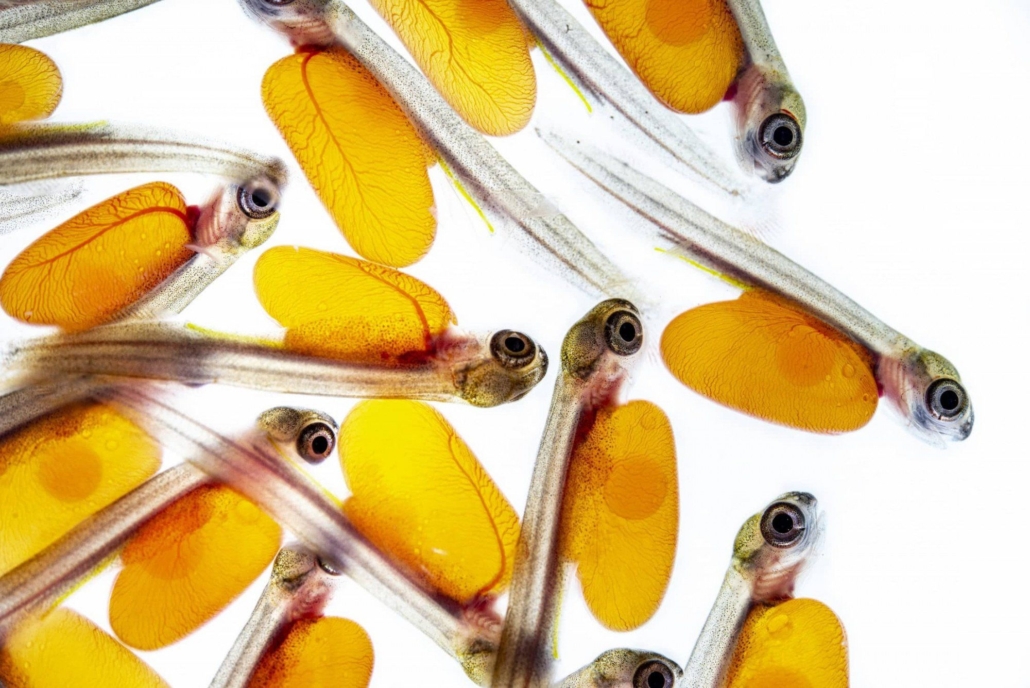Every year roughly 300 million fish are released from B.C. hatcheries to enhance dwindling stocks and sustain fisheries. Despite overwhelming investments of time and money, little has been done to fully review the effectiveness of salmonid enhancement and impact on wild populations in BC. The Hatchery Effectiveness Review is aimed at optimizing hatchery practices, improving the efficiency of enhancement strategies and ultimately contributing to a more sustainable future for wild salmon.
Hatchery vs Wild Salmon Survival
Results to date from our Marine Science Program highlighted the poor survival of hatchery fish from Cowichan River Hatchery, which consistently survive at less than half the survival rates of wild fish from the same system. While hatcheries and enhancement techniques will likely continue to be a necessity for the sustainability of wild Pacific salmon, there is room for improvement. This is particularly important given the ongoing fisheries restrictions necessitated by the very poor status of some Chinook and Coho salmon stocks, as well as the push for more production of Chinook salmon to meet prey needs for endangered Southern Resident Killer Whales.
The primary components of the program include:
- Reviewing cutting-edge research and molecular tools to better understand and improve the survival of hatchery-reared salmon in the future;
- Evaluating hatchery release strategies used in past years and the resulting marine survival of hatchery-released salmon; and
- Studying the effectiveness of hatcheries and interactions with wild Pacific salmon populations across BC
See the 2021 and 2022 Hatchery Effectiveness Review newsletters for recent updates, and explore this slide deck presented at the 2022 Salish Sea Ecosystem Conference.

Funding for the project is provided by the BC Salmon Restoration and Innovation Fund, a contribution program funded jointly between Fisheries and Oceans Canada and the Province of BC.


